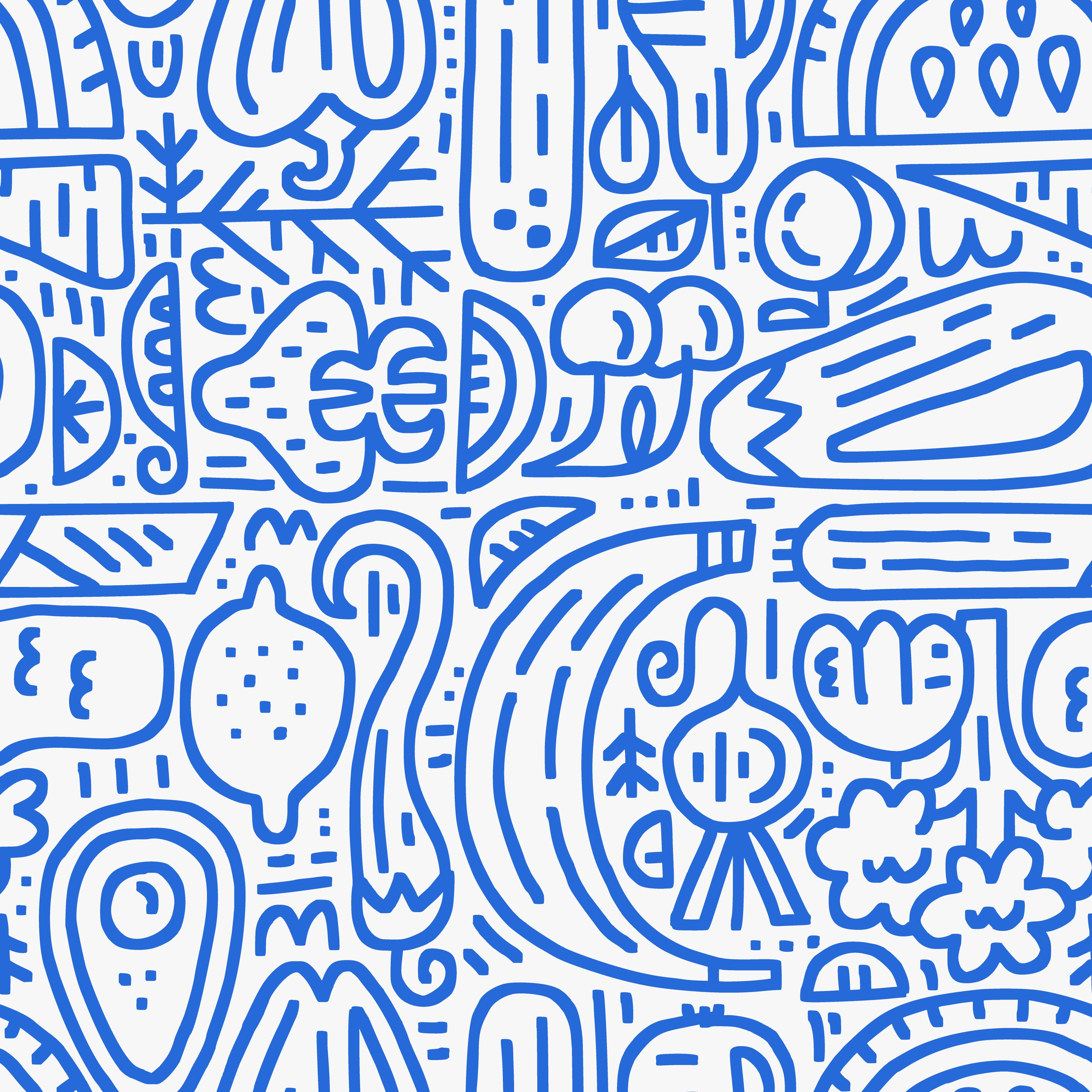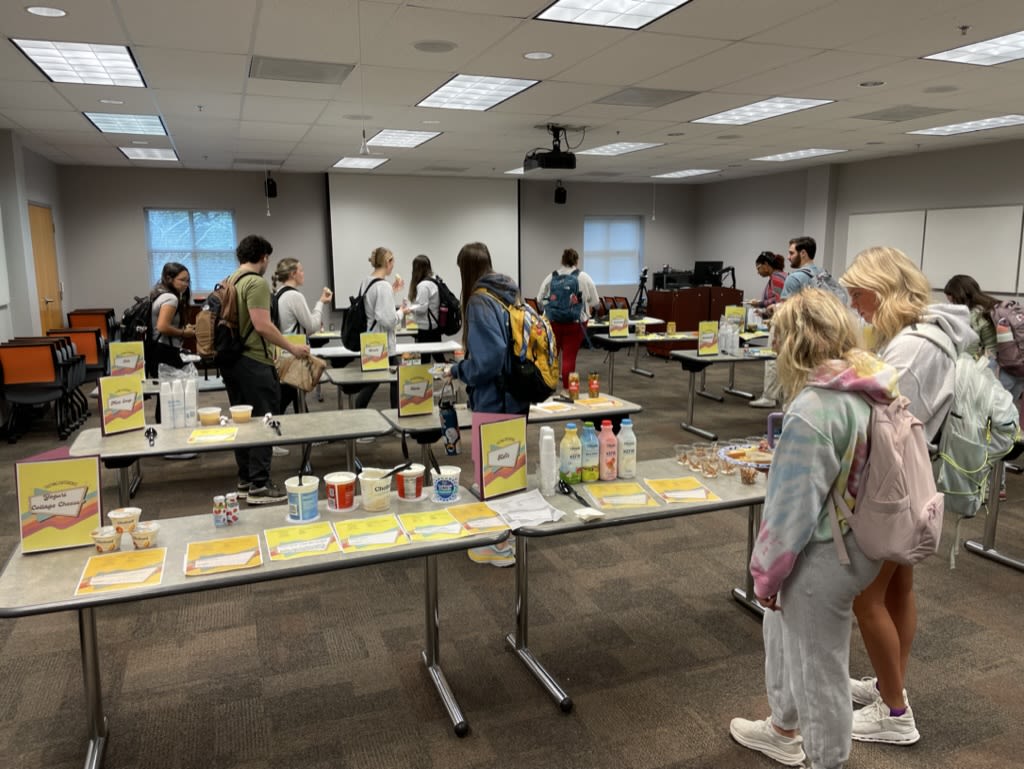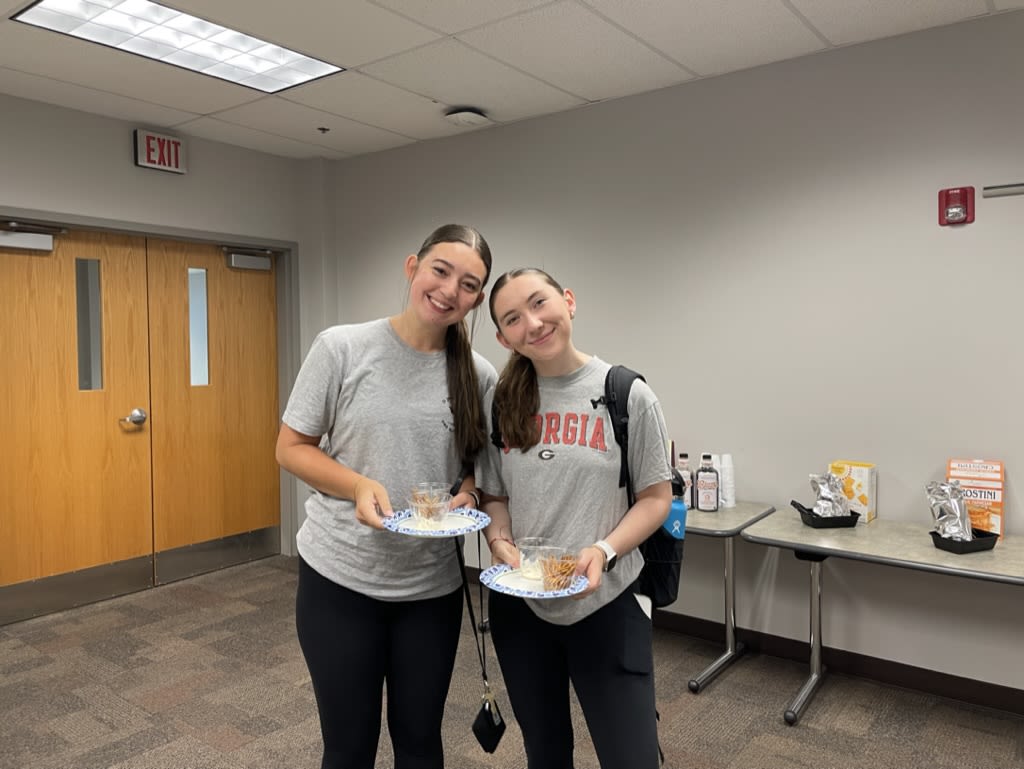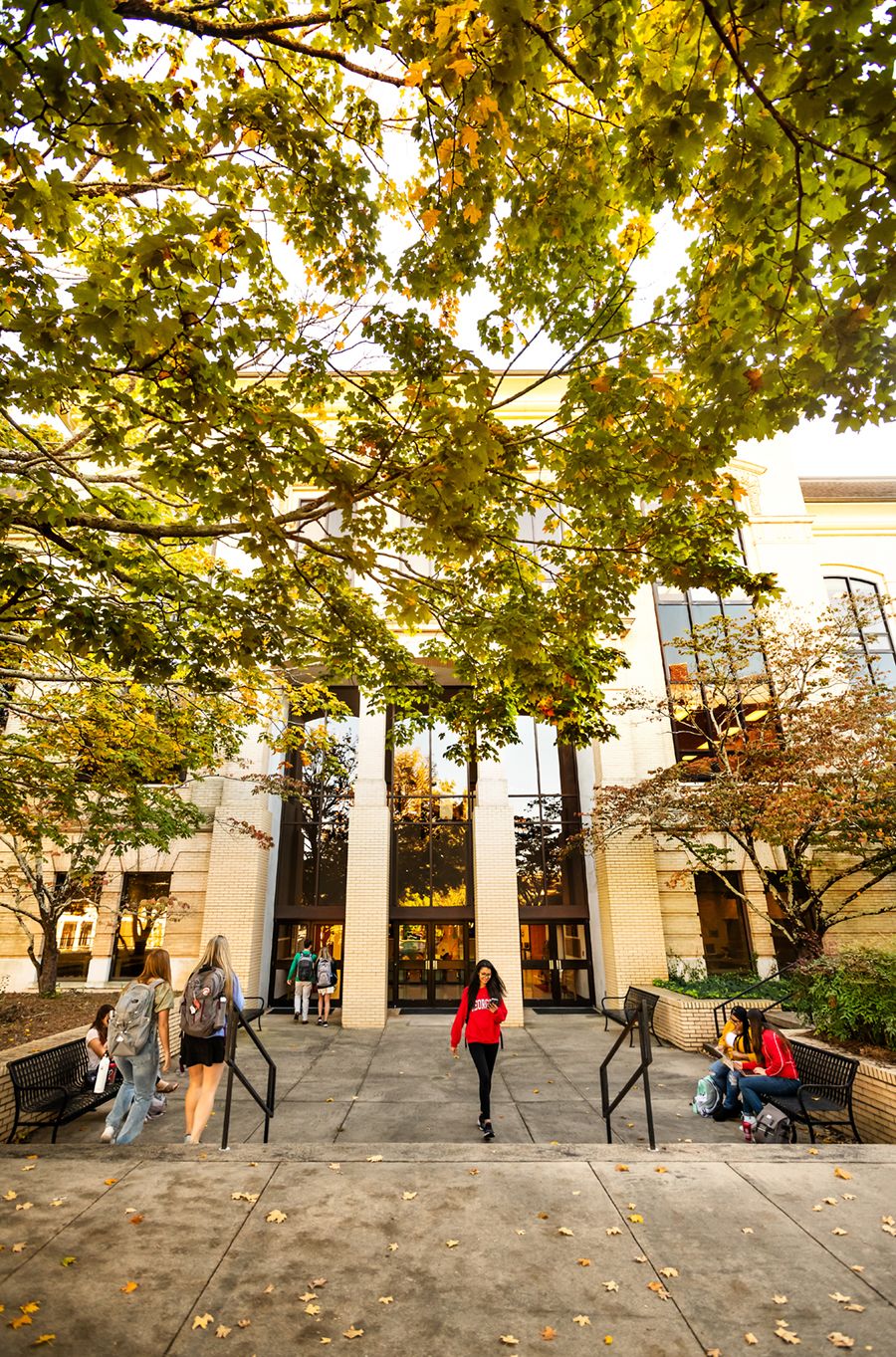Exploring the world through food
“The Impact of Food on World History and Culture,” a course offered each spring by UGA's College of Agricultural and Environmental Sciences, explores the complex relationship between food and societies across history.

From the agricultural revolution to globalization, food has always held a defining role for humanity, with foodways serving as the foundation of many cultures and civilizations throughout history.
“We talk about food around the dinner table. The food choices we make, the origins of the foods, and where they come from are fascinating,” said Ronald Pegg, one of three University of Georgia instructors for “The Impact of Food and World History and Culture,” a class that takes students on an interdisciplinary exploration of how food shapes societies.
A collaborative teaching effort between Pegg, Faith Critzer of the Department of Food Science and Technology, and Maria Navarro of the Department of Agricultural Leadership, Education and Communication in the College of Agricultural and Environmental Sciences, the class aims to give students a broader perspective on humanity's relationship with food over time.
Navarro, a social scientist, begins the semester with a focus on the influence of agriculture on civilizations.
Maria Navarro, Josiah Meigs Distinguished Teaching Professor
Maria Navarro, Josiah Meigs Distinguished Teaching Professor
Using case studies to compare issues from different regions and historical periods, students learn about the transition from hunting and gathering to agriculture, comparing the impacts on societal structures including land ownership, colonization and cultural exchange.
“One can learn about the world through agriculture, and one can learn about agriculture by studying the world. It is an important objective to show how everything is interrelated,” Navarro said.
Food safety and civilization
Critzer challenges students to look at food through a different lens, bringing her expertise in microbiology to demonstrate how foodborne diseases like cholera and typhoid changed civilizations, leading to preparation methods that made certain foods safer to eat.
She ends her segment of the course with a hands-on lesson on microorganisms, like those we use for fermentation. Students investigate fermented foods to figure out their origins and how their preparation has evolved over time.
“We look at foods historically and how they have been brought forward,” said Critzer. “Then we transition into looking at the intimate relationships we have with consuming foods and how different regions adapted their cooking methods based on what they have and what they need.”
Students in "The Impact of Food on World History and Culture" course work together to complete a group assignment.
Students in "The Impact of Food on World History and Culture" course work together to complete a group assignment.
Critzer hosts a tasting party for students during her segment of the course.
Critzer hosts a tasting party for students during her segment of the course.
Students show off their plates during the course's tasting party.
Students show off their plates during the course's tasting party.
Commodities and culture
Wrapping up the semester, Pegg focuses on how global commodities like coffee, tea and cocoa change economies and cultures.
By encouraging a nuanced perspective, Pegg shows how food can affect geopolitical relationships and cultures, bringing in guest lecturers in international cuisines to show how necessity controls food preparation. By discussing renowned culinary figures — like Julia Child, who is credited for popularizing French cooking in American homes — he highlights how cultural exchange often occurs through food in the modern world.
Ronald Pegg, Josiah Meigs Distinguished Teaching Professor
With a passion for promoting awareness about food and related issues in environmental sustainability, food access and equity, and food waste, the instructors show how agriculture and world culture are entwined.
Creating new connections to food
The class counts as a World Languages and Global Culture credit for students of all majors, attracting students from many fields of study across campus, all brought together by a shared interest in how food has shaped and continues to influence society.
The professors make the class immersive. Through creating mind maps and having tasting parties, students get a chance to apply the content to their personal lives.
Lauren Thomason, a second-year health promotion student, most enjoyed learning about how foodborne diseases could be applied her career.
“This class surprisingly connects to other classes I am taking, and I can connect it back to my life,” said Thomason.
Interested in becoming a CAES student?
Schedule a campus visit and learn more about the admissions process today.
CAES students work alongside world-class scientists to get hands-on experience in their field. Through scholarship opportunities, small class sizes and faculty support, CAES students are empowered to become the next generation of leaders.








